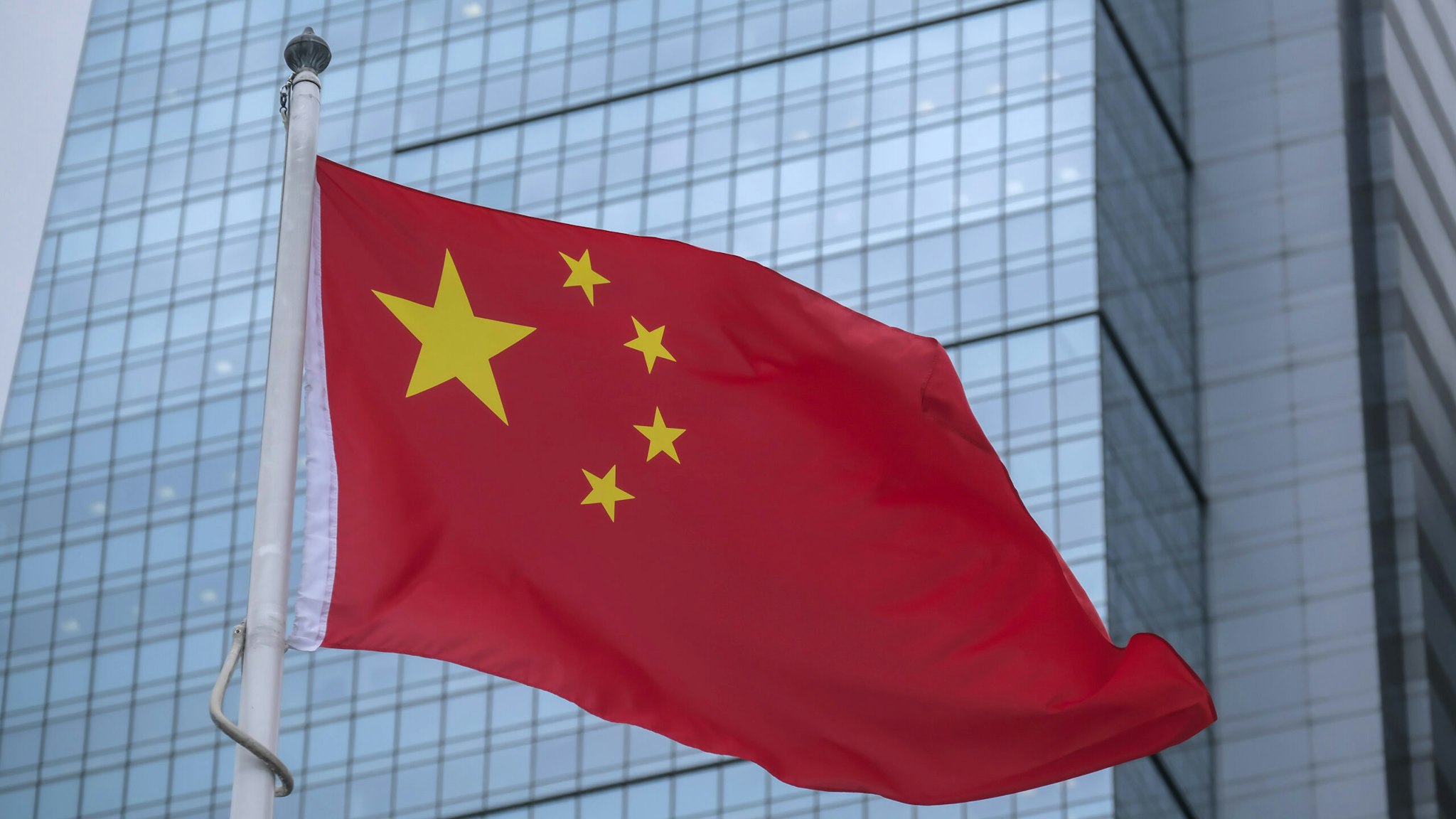 Credit: Photographer: Paul Yeung/Bloomberg.
Credit: Photographer: Paul Yeung/Bloomberg.
President Joe Biden has made green energy a cornerstone of his policy agenda, investing tens of billions to promote renewable energy and electric cars.
In April, the administration unveiled a plan for $20 billion in awards to foster clean energy in lower-income communities, announced a new offshore wind turbine project, and revealed $7 billion in new grants to develop solar power.
However, there are some major reservations behind Biden’s full-steam-ahead approach to renewable energy — principally the concern about the fact that China almost totally controls the production of clean energy components.
According to Bloomberg, China possesses more than 80% of the global manufacturing capacity for 11 clean energy components, including parts necessary for the building of solar panels and electric car batteries. It also holds a majority of the manufacturing capacity for parts necessary for the production of wind turbines.
🇨🇳 – China’s share of global production capacity is now above 80% for 11 clean technologies
• Massive Chinese investments mean that China's clean tech rise may not be over
• Beijing also invested US$546bn in its own energy transition in 2022, around half of global financing pic.twitter.com/XWUd08RyKG— Agathe Demarais (@AgatheDemarais) April 30, 2024
By contrast, the United States controls 0% of the global manufacturing capacity for more than half of the components, and its highest capacity share is only 10% for hydrogen electrolyzers. U.S. allies like Japan, South Korea, and others in Europe also woefully lag behind China in clean tech production.
China dominates the green energy supply chain, from raw materials to components to finished products. It produces 80% of the world’s solar panels, while the U.S. makes only 2%, and two-thirds of the wind turbines. Additionally, Chinese-made electric vehicles (EVs) comprise 60% of global sales. China exported $146 billion worth of EVs, lithium-ion batteries, and solar components in 2023.
A single Chinese solar company, Tongwei Group, plans on expanding its facilities and aims by the end of the year to produce four times the amount of solar cells installed by the entire United States last year, The Washington Post reported.
China will be the “main force leading the global energy transition,” Tongwei Chairman Liu Hanyuan told WaPo.
CLICK HERE TO GET THE DAILYWIRE+ APP
China’s effort to become the preeminent manufacturer of green tech comes as the Chinese Communist Party searches for new ways to expand the nation’s economy as it remains comparatively sluggish in the wake of the COVID-19 pandemic, The Wall Street Journal noted. It has provided massive subsidies to green tech-related companies to stimulate the growth of the sector.
China is also poised to control the raw materials that are used to build those green energy technologies, largely through its growing influence in Africa.
As of 2022, African nations barely produced any of the world’s supply of lithium, but according to experts, Africa is sitting on a potential lithium bonanza. While Australia mined 55,000 metric tons of lithium in 2021, Zimbabwe, a landlocked nation in southern Africa, is projected to extract over 100,000 tons of lithium by 2031, according to the Financial Times. Mali, in West Africa, and the Democratic Republic of the Congo (DRC), in Central Africa, are also expected to become major producers of lithium while Namibia, Ghana, and Ethiopia will become moderate producers.
The problem for the U.S. stems from the fact that China has been investing in these countries for years, and China owns or partially owns many of the companies that are poised to exploit the coming lithium boom. The top lithium-producing companies in both Mali and the DRC are partially owned by China, while 3 out of the 4 major lithium mining companies in Zimbabwe are entirely owned by the communist nation.
Just one lithium mine in Zimbabwe, owned by a Chinese company, is estimated to hold up to 11 million metric tons of the mineral, according to CNBC. Zimbabwe banned the export of raw lithium in December 2022 to encourage domestic processing, but the three Chinese-owned companies, which have invested $678 million into lithium projects in the country and have announced plans for development projects that reach into the billions, are exempt from the regulation. Indeed, Zimbabwe has been a major beneficiary of China’s Belt and Road Initiative, a foreign investment and infrastructure policy that critics have argued is a debt trap for poorer nations. As of 2023, China has invested tens of billions in African nations, including Zimbabwe, the DRC, Mali, and Ghana — all places where mining is projected to spike in the coming years.
Additionally, the DRC has a stranglehold on the mining of cobalt, another crucial mineral in the production of EV batteries, producing an estimated 70% of the world’s supply. Chinese companies also have significant control over those mines in the DRC and ones in Zambia. In 2020, China held complete or partial ownership in 15 of the 19 operating cobalt mines in the DRC, The Economist reported.
Biden’s zeal to transition the U.S. away from fossil fuels has left it vulnerable to China’s control of the supply chain for green technologies. Though China’s monopoly, at least on components and finished products, is unlikely to last forever, it currently possesses a decisive advantage over every other nation on Earth that it will certainly use to its economic and strategic advantage. To compete with China’s state-sponsored green revolution, the Biden administration would have to vastly increase government subsidies for green tech initiatives and support private efforts to gain an innovation advantage over the CCP.
Source link

